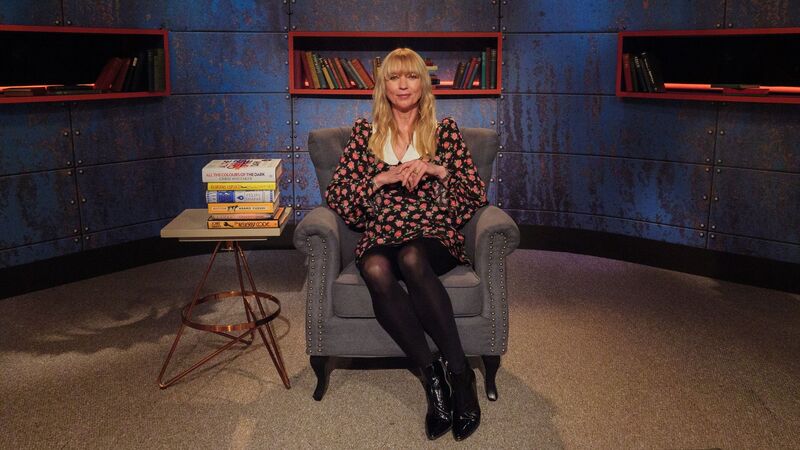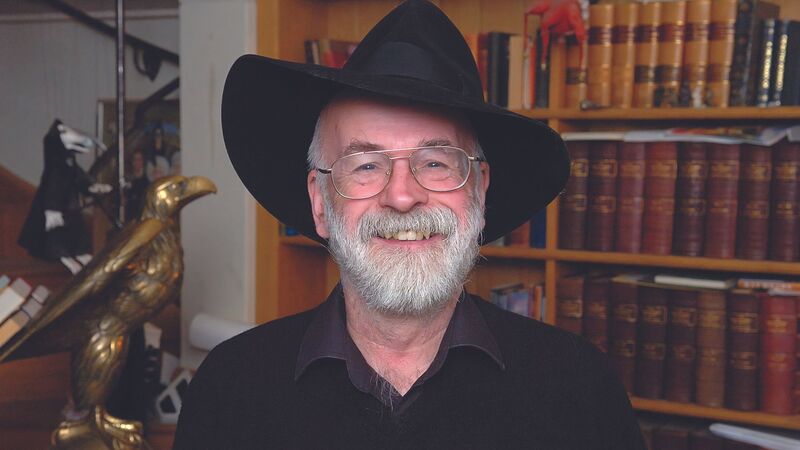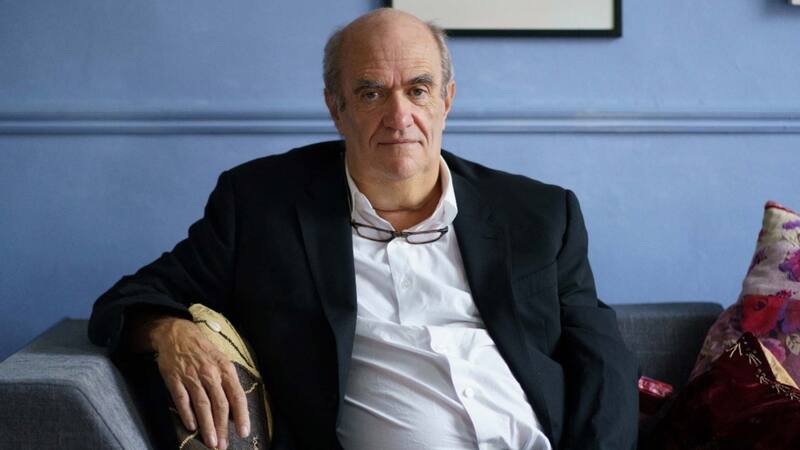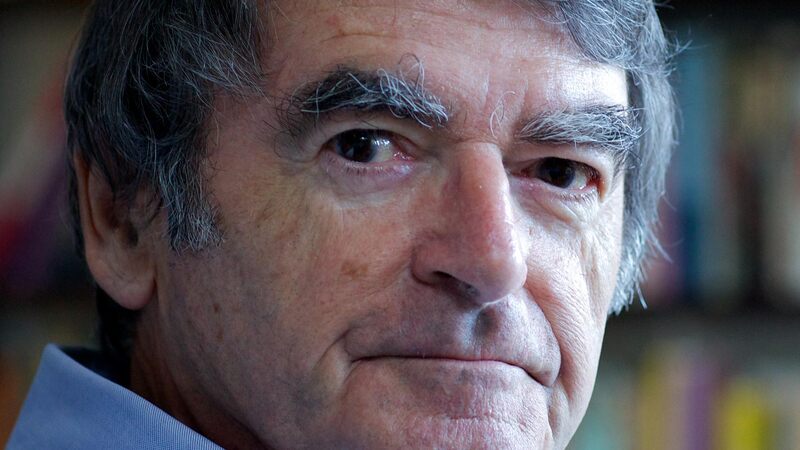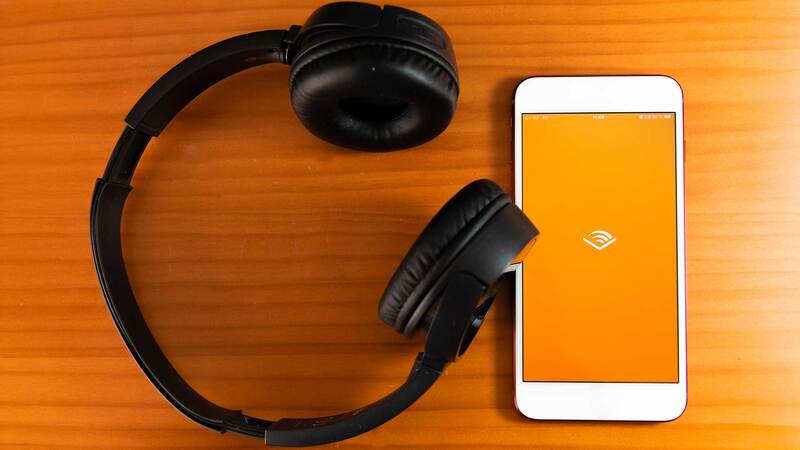You are viewing your 1 free article this month. Login to read more articles.
Is the e-book reader about to stage a comeback?
Is the e-book reader about to stage a near miraculous comeback? I ask the question in light of Amazon’s decision to release a new high-end e-ink device, the Kindle Oasis, costing $290 in the US and £269.99 in the UK.
Yes, that’s right, it's a new device that is almost five times as expensive as the basic Kindle, more than twice as pricey as the Kindle Paperwhite, and double the cost of the Kindle Voyage.
The Oasis is thin, good-looking, and has a battery life (all in) measured in months. Perhaps most significantly it comes with a leather cover that acts as a second battery ("You can charge the device and cover simultaneously while both are snapped together and plugged in").
But are these ever so slight improvements on previous devices worth the hefty additional fee? Most thought not.
Tech site The Verge noted, for example: "The device’s funky new aesthetic is a surprise move for the relatively no-frills Kindle category, and yet it packs the longest battery of any e-reader ever made. These changes raise interesting questions for book lovers: what do we really need in an e-reader, and how much should those elements cost us?" And it concludes: "Still, those upgrades don't feel worth $290 for a device that doesn't perform its sole function any better than one more than half the price."
On Mashable Kindle fan Christina Warren said this new device was not for her.
"At first, I assumed I would be the target customer. I love my Amazon Kindle (I've owned three or four over the years) and prefer reading e-books to paper.
"I’m also the type of consumer who usually doesn’t get too upset by the price of a gadget. After all, I’m the same person who bought a pair of headphones purely because they match my phone.
"But when I look at the Kindle Oasis and I compare it to the Kindle Paperwhite — or even the Kindle Voyage — I don’t see the value proposition."
So what does Amazon know that these pundits do not?
The assumption for some time has been that the e-ink e-reader would trend towards lower and lower pricing over the very short term and eventually die out, just as electronic calculators were once highly prized, then ubiquitous, before being replaced by smart gadgets. Uniquely within the book business, this view seemed to be shared both by technologists and publishers. Though not with equal relish.
But Amazon’s move is telling us something different.
The e-ink device performs its core function of providing undistracted on-the-go reading particularly well. As I have said before, the idea of a device used only for reading is an incredible thing for a publishing industry increasingly fighting for air-time against other media.
But readers, particularly digital readers, get this too. They like these devices, they reputedly read more on them, and they do not easily discard them. I am currently enjoying The Pigeonhole’s "disappearing book" Victim Without A Face (45 minute-long daily reads) available via an app on my tablet, and look forward to engaging with the Julian Fellowes digital serial Belgravia at some point: but we have been talking about readers migrating to mobile phone or tablet reading for some years now, and I’m still waiting for a scaleable business to emerge.
If anything, voracious readers switch between print and e-ink (and perhaps audio) rather than e-ink and mobile.
But that does not in itself make e-ink stable. The price of content on Kindle is a concern for all.
Amazon’s dilemma is that it needs to service a community of highly engaged incredibly price sensitive digital readers while also making the production of new devices economically viable. The Oasis, rather like the Voyage, is an attempt to make a business case for making money from the device rather than the content. Note that name too: oasis.
Amazon is not the only e-reader company spotting the same trends.
In an interview on CNBC ahead of the London Book Fair Kobo c.e.o. Michael Tamblyn argues that e-readers are a thriving business. Rather like Amazon, its e-ink devices are getting more expensive, not less.
He argues that for "certain types of customer" the book is at the centre of their lives and they like single-use devices. More importantly, he likens e-reading devices to premium headphones.
"E-readers fill the same sort of role as, say, premium headphones do in music. You have people who don’t care about music that much who are willing to use the headphones that come along with their phone, but someone who loves music is willing to invest significantly in the best experience possible for reading (sic), so what we’ve done on the e-reading side is try to make that reading experience as good as possible just for that person who love books."
Sometime ago, I said the e-ink e-reader was the neanderthal of new tech. Most people would assume from the comment, that it meant e-ink would die out. But actually, it is worth pointing out that neanderthals and sapiens co-existed for thousands of years before the former were left behind by evolution. And, as Yuval Harari argued in Sapiens, it was by no means a straight-forward fight: it could have gone either way.
Philip Jones is editor of The Bookseller.






